UX Director

Project Overview
Product: Towerborne
Company: Stoic Studio
Industry: Gaming
Role: UX Director
Timeframe: 4 years
Platform: Xbox and Steam gaming
Tackling the entire User Experience for a video game as a solo UX Designer
When I first started this project I was employee 32 and the game had no ux designer. I came onto the project knowing that there was a lot to do in a short amount of time. I worked very closely with game designers and directors to help define the requirements for core gameplay features. In pre-production I did thorough interactive figma prototypes that would use a controller to allow you to click through the game experience to get the full effect.
UX Design stage 1: Research
Requirements gathering - Finding out what we need to design and who it is for.
Internally I sent out surveys, did interviews and scheduled group design discussions with key stakeholders in the company. This list of attendees included tech leads, team leads, Product owners, and executive level product management to collect their feedback about the companies internal needs for the next iteration of our product.
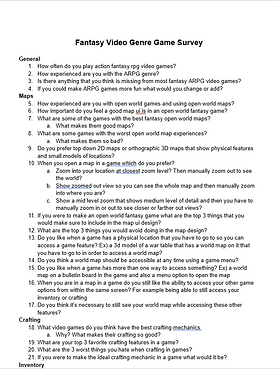


End user surveys
Defining User Personas

Once we had a clearly defined set of requirements and understand what we are building, we then determine who the types of users are that will be using our product. User personas help us understand what about the user experience neds to change per user type. For example having a user profile allows the system to know to change the ui and options based on the needs of the user type.
As we dug in we found that we had way more user personas at play than we realized. Each sub product has a series of specific users and we have seen up 20 different types in all.
In an effort to streamline the process however we have distilled it down to 4 main types. Trainee, Commander and Instructor and Sim Center System Administrators.
Competitive Research
Having a firm understanding of who is using the product coupled with the requirments then gives way to creating use cases. A use case is a detailed description of the actions a user takes to accomplish their specific goal when using a product. Often a single product wil have multiple use cases per type of user. While it can be time consuming to document all of the possible use cases for a product, its good to at least define the main use cases that the average user will encounter and plan for those.


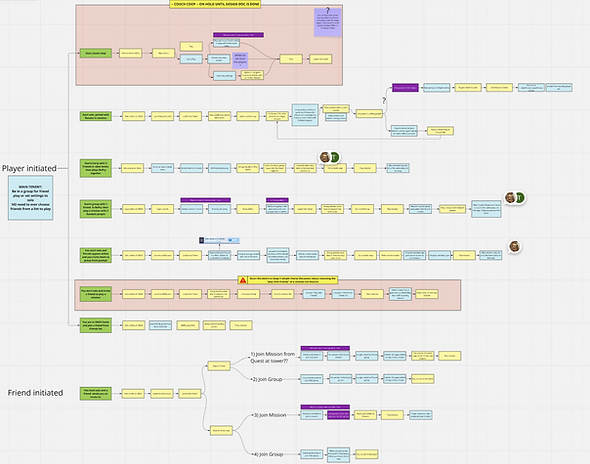
UX Design stage 2: Ideation
Mapping out our understanding of the Product
Once we have all the requirements and the basic use cases defined we moved to the Ideation stage and started working on product diagrams, and user flow diagrams. As is often the case by simply diagramming out what we think we are going to build, we find discrepancies in product vision across stakeholders and team leads.
This results in multiple iterations on the diagrams and an increasing understanding and clarity of what we need to build. Once we are satisfied that we have the correct diagram we share it out with the teams and use it as a benchmark for design discussions.
The user flow diagrams then serve as the blueprint for beginning our wireframes of the software.

UX Design stage 3: Wireframing
Low Fidelity Exploration
When doing wireframing there is always the tempatation to go straight to fully fleshed out designs but I am a firm believer in keeping designs as simple and low fidelity as long as possible. This helps the design iterations move quicker and people dont get caught up on small visual styling details. Which always happens.
So I do black and white wireframes with blocked out details to flesh out the general flow.


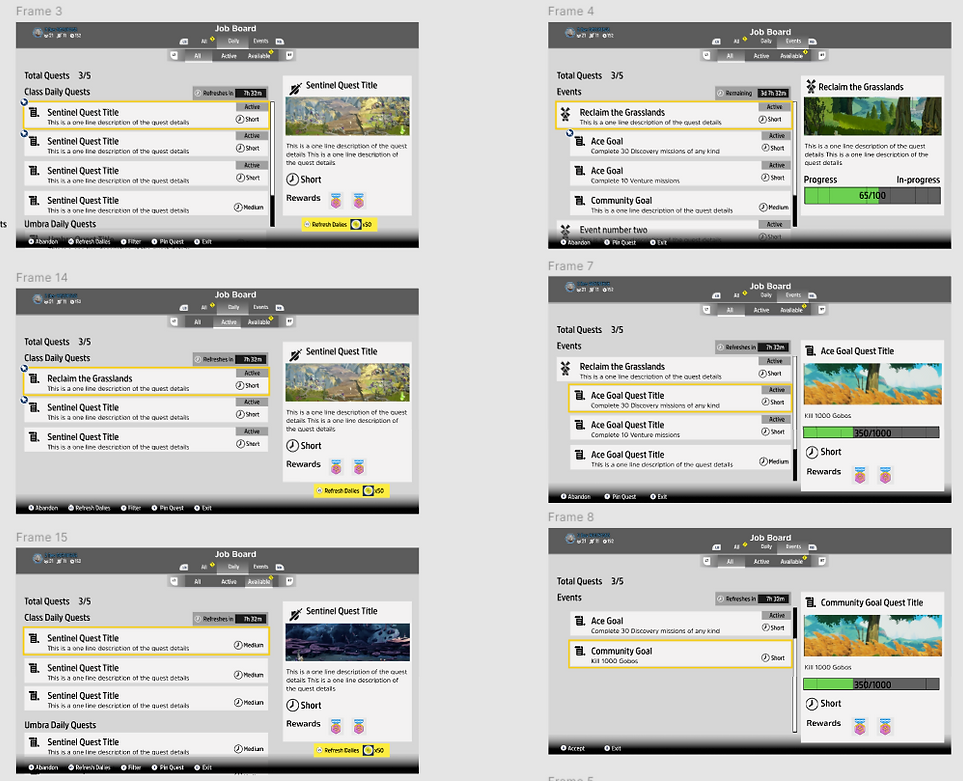
UX Design stage 4: Design
High fidelity prototyping
At this stage we are narrowing down the design to a pretty close approximation of the final product. We are still exploring the visual design but have a beginning working ui style. We now see the prototypes getting more and more complex as we are further exposing edge cases in the requirements and use cases and the prototypes become more complex as they represent a full user experience from launch to execute and review.

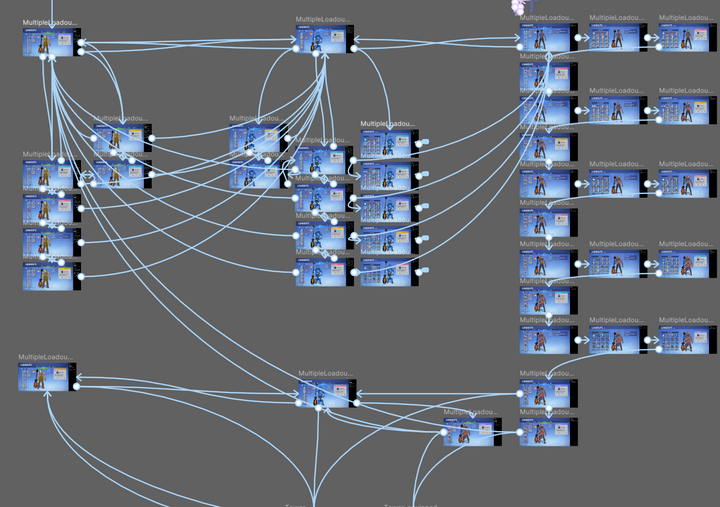
UX Design stage 5: Final Ui Styling
High fidelity visual design
The UX prototypes are carefully handed off to the UI artist, where collaboration truly begins. I work closely with both the UI artist and art director to ensure that the final design aligns with our UX goals and meets standards. This partnership is essential for creating a seamless user experience that not only looks great but functions effectively. Together, we strive to blend aesthetics with for the best results.

The Ui artist that I work with is Brian Lui https://www.linkedin.com/in/brian-lui-0255691/

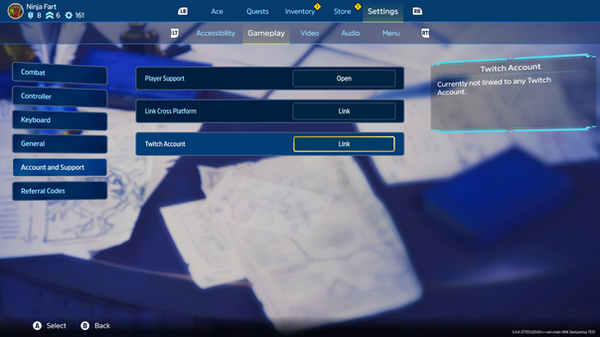
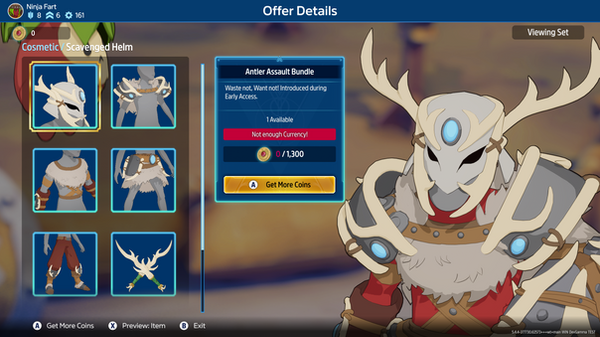
UX Design stage 6: Developing a UX Bible
UX Bible
This step can take a long time because the more complex the project is that you are designing for the more details that need to be captured and defined. On this project we have worked closely with the front end developers to also develop a front end library of components that follow the style guide. They then implement the new ui across any new projects which is a very wonderful way to keep consistent with the ux and ui for a product.





UX Design stage 7: Iteration on Live Features
UX Audits of live features
Once features are live I do ux audits of the features and take user feedback to make a comprehensive breakdown of friction points for players. I then work on proposals for improvements to the features and review the designs with the design team and stakeholders until we are satisfied with the improvements. We then re-integrate them into the game as feature improvements in a numbered release.

